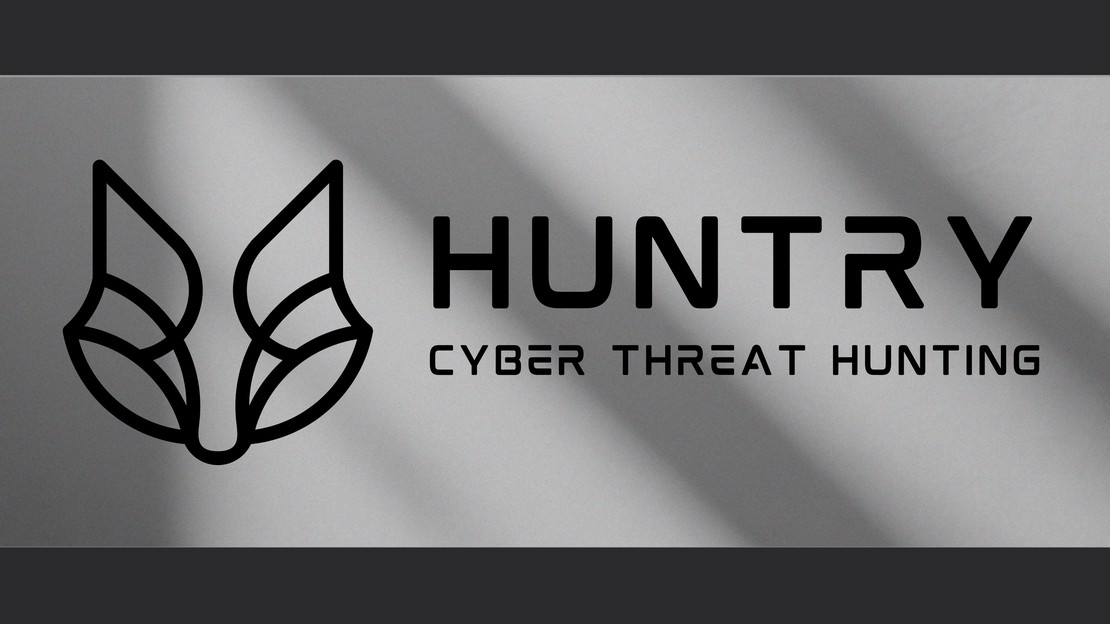Huntry est un service de Cyber Threat Hunting proactif qui va chercher activement les traces laissées par les attaquants au sein de vos infrastructure. Notre équipe d’experts détecte ce que les outils traditionnels ne voient pas, avant que vos données ou vos opérations ne soient compromises.
Qu’est ce que le Cyber Threat Hunting ?
Le Cyber Threat Hunting (ou chasse aux menaces cyber) est une activité proactive de cybersécurité qui consiste à chercher activement des signes d’intrusion ou de compromission dans un système ou un réseau, plutôt que d’attendre que des alertes automatiques apparaissent.
Contrairement à la surveillance classique ou à un SOC (Security Operations Center), qui se base principalement sur des alertes générées par des outils et des règles prédéfinies, le threat hunting adopte une approche plus intelligente et ciblée :
- Proactif : les experts cherchent les traces laissées par des attaquants, même s’il n’y a pas encore eu d’alerte.
- Analytique : il s’appuie sur l’analyse des journaux, des comportements réseau, des endpoints et des systèmes pour identifier des anomalies ou des indicateurs de compromission (IoC).
- Réduction des faux positifs : en se concentrant sur des comportements suspects confirmés, le hunting évite de générer une avalanche d’alertes inutiles.
- Complémentaire : il complète la détection classique d’un SOC, en ciblant les menaces sophistiquées que les outils automatiques peuvent manquer.
En résumé, le Cyber Threat Hunting est comme une enquête proactive au sein de vos systèmes, visant à débusquer les menaces avant qu’elles ne causent des dommages.
Pourquoi choisir Huntry ?
Détection proactive : nous recherchons les compromissions invisibles aux solutions classiques.
Moins de faux positifs, plus d’efficacité : un travail ciblé qui réduit le temps de qualification des alertes.
Complément idéal d’un SOC : Huntry renforce votre surveillance existante et comble les failles que les systèmes automatiques pourraient manquer.
Optimisation des coûts et des ressources : une approche plus intelligente, plus rapide et plus rentable.
Avec Huntry, vous ne vous contentez pas de réagir aux attaques : vous les anticipez, vous les détectez tôt et vous protégez votre entreprise avec précision.

